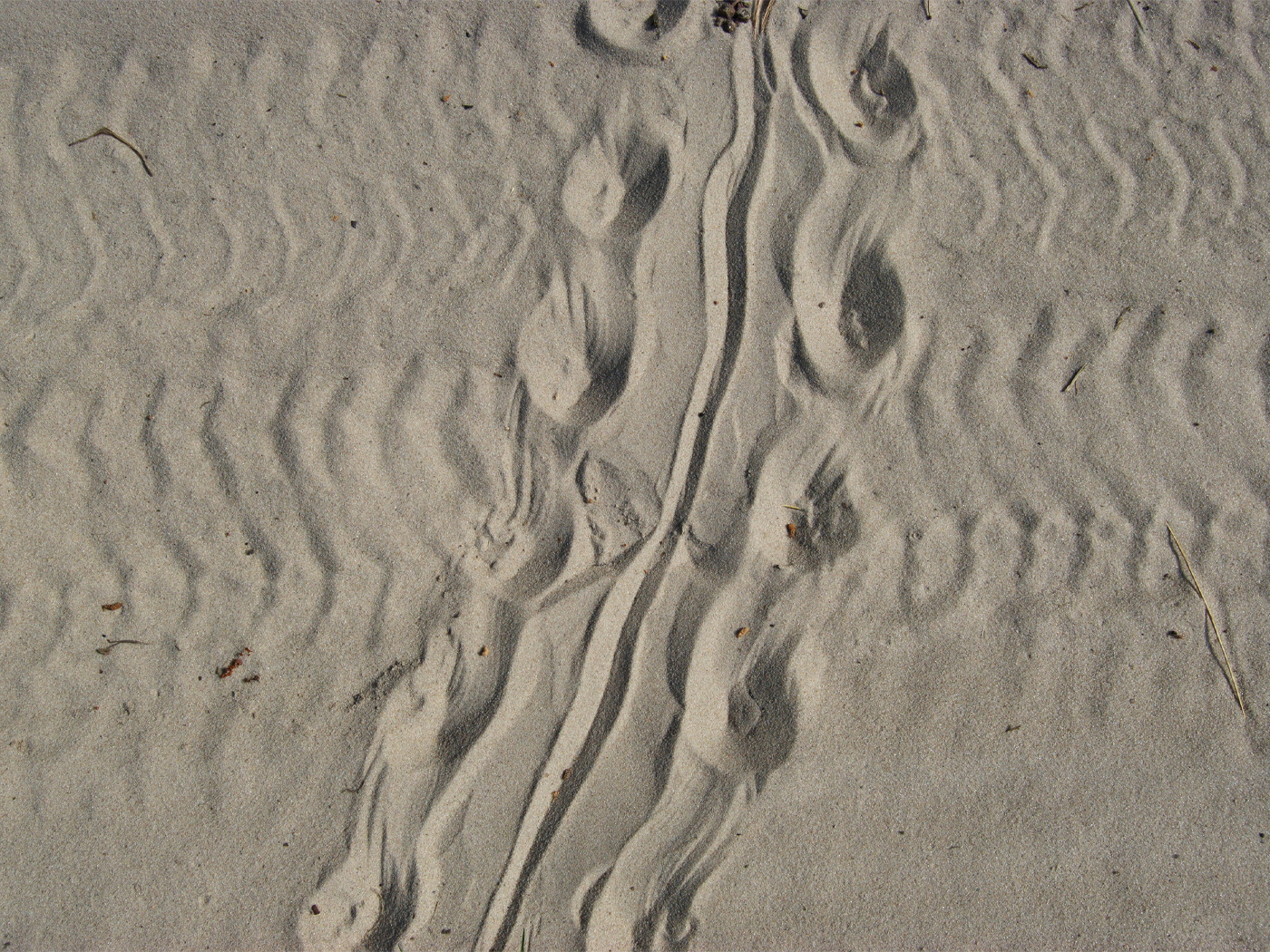You might recall that viruses act as miniscule infectious agents. They forcibly enter a cell and conquer its molecular machinery. The cell is instructed, via viral DNA, to stop making its normal cellular parts and instead make more viruses by transcription and replication. As more and more viral parts are manufactured, the cell breaks apart—its wall rupturing in a process called lysis. Then newly-formed viruses are released and infect other cells.
Viruses infect people, plants, and animals. But there are also viruses that infect tiny bacteria. These are called bacteriophages, or simply phages. Phages duplicate (replicate) within the bacterium following the injection of their genetic material (genome) through the bacteria’s cell wall and into the bacterial cytoplasm. Bacteriophages contribute to marine health by a cyclic lysing of a majority of bacteria in the oceans every 24 hours. This designed process helps to prevent bacterial population explosions as well as cycling carbon in the oceanic food webs.1
At the turn of the 21st century, the complexity of bacteria (organisms that don’t have a nucleus) was well-known.2 Now, in 2019 researchers have said, “With new technologies [e.g., time-lapse fluorescence microscopy and cryo-electron tomography] we can start to understand the amazing inner life of bacteria and look at all of their very sophisticated organizational principles.”3
What was discovered? University of California San Diego researchers have “provided the first example of cargo within bacterial cells transiting along treadmill-like structures in a process similar to that occurring in our own cells.”3 There is a significant difference between bacterial and human cells, but amazingly the “phage convert the [bacterial] cells they have infected into mammalian-type cells with a centrally located nucleus-like structure, formed by a protein shell surrounding the replicated phage DNA.”3
“The way this giant [Pseudomonas] phage replicates inside bacteria is so fascinating,” said Vorrapon Chaikeeratisak of UC San Diego. “There are a lot more questions to explore about the mechanisms that it uses to take over the bacterial host cell.” Like all microbial research, this particular investigation “also brought new questions about the transportation and distribution mechanisms within bacterial cells.”3
Evolutionists say, “These phages have evolved a sophisticated and directed mechanism of transport using filaments to replicate inside their hosts.”3 Whereas creationists say, “These phages are designed with a sophisticated and directed mechanism of transport using filaments to replicate inside their hosts.” The first statement relies on time and chance—the second on plan and purpose.
References
1. Suttle, C. A. 2005. Viruses in the sea. Nature. 437 (7057): 356–61.
2. Sherwin, F. 2001. Just How Simple Are Bacteria? Acts & Facts. 30 (2).
3. Viruses found to use intricate ‘treadmill’ to move cargo across bacterial cells. ScienceDaily. Posted on ScienceDaily.com June 13, 2019, accessed June 23, 2019; Sherwin, F. 2004. Molecular Motors vs. Evolutionism. Acts & Facts. 33 (4).
*Mr. Sherwin is Research Associate is at ICR. He earned his master’s in zoology from the University of Northern Colorado.










